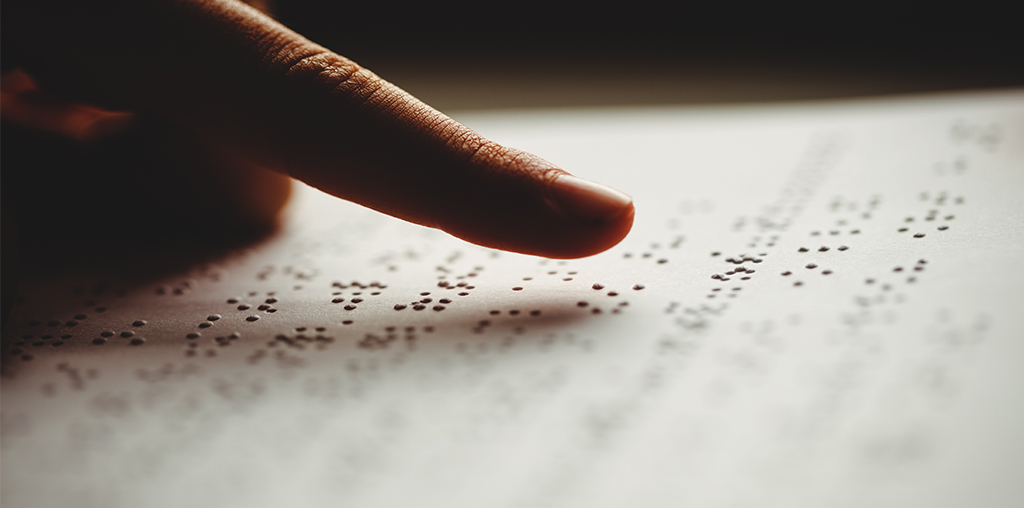World Braille Day highlights the importance of accessible information
In commemoration of World Braille Day, The UN highlighted the importance of the Braille for the blind and the visually impaired to have access to information.
UN News – People with vision impairment are more likely to experience higher rates of poverty, neglect and violence. The coronavirus pandemic and its consequent impact, such as lockdowns, has worsened their challenges, isolating them further.
According to World Health Organization (WHO) estimates, around 2.2 billion people globally have a vision impairment, of whom at least 1 billion have a vision impairment that could have been prevented, or is yet to be addressed.
Braille and COVID-19
The pandemic has also underscored the importance of making information available in more accessible formats – including in Braille and on audio platforms – to that everyone can access vital information to protect themselves and help reduce the spread of COVID-19.
The UN , for its part, has implemented several good practices to promote an inclusive response to the pandemic.
In Malawi, for instance, the UN Development Programme (UNDP) produced 4,050 braille products on spreading awareness and prevention of COVID-19, while in Ethiopia, the UN human rights office (OHCHR) published audio information, education and communication materials, to media professionals, and developed them in Braille formats.
Similarly, the UN Children’s Fund (UNICEF) produced guidance notes in multiple languages and accessible formats, including Braille, on considerations for children and adults with disabilities in the response to COVID-19.
The World Day
Observed annually on 4 January, World Braille Day was established by the UN General Assembly in December 2018. The date also marks the birth anniversary of Louis Braille, who at the age of 15, invented the tactile system for reading and writing for use by people who are blind or visually impaired.
Braille is read by passing one’s fingertips over an arrangement of between one to six embossed dots, which represent letters, numbers as well as musical and mathematical symbols. Braille can be written using a Braillewriter, a device similar to a typewriter, or by using a pointed stylus and a Braille Slate to punch dots on paper.
The UN Convention on the Rights of Persons with Disabilities (CPRD) cites the universal system as a means of communication; and regards it as essential in education, freedom of expression and opinion, access to information and social inclusion for those who use it.
It has been tweaked over the years and as early as 1949, UN Educational, Scientific and Cultural Organization (UNESCO) took the initiative to promote a survey of problems aimed at establishing Braille uniformity.



